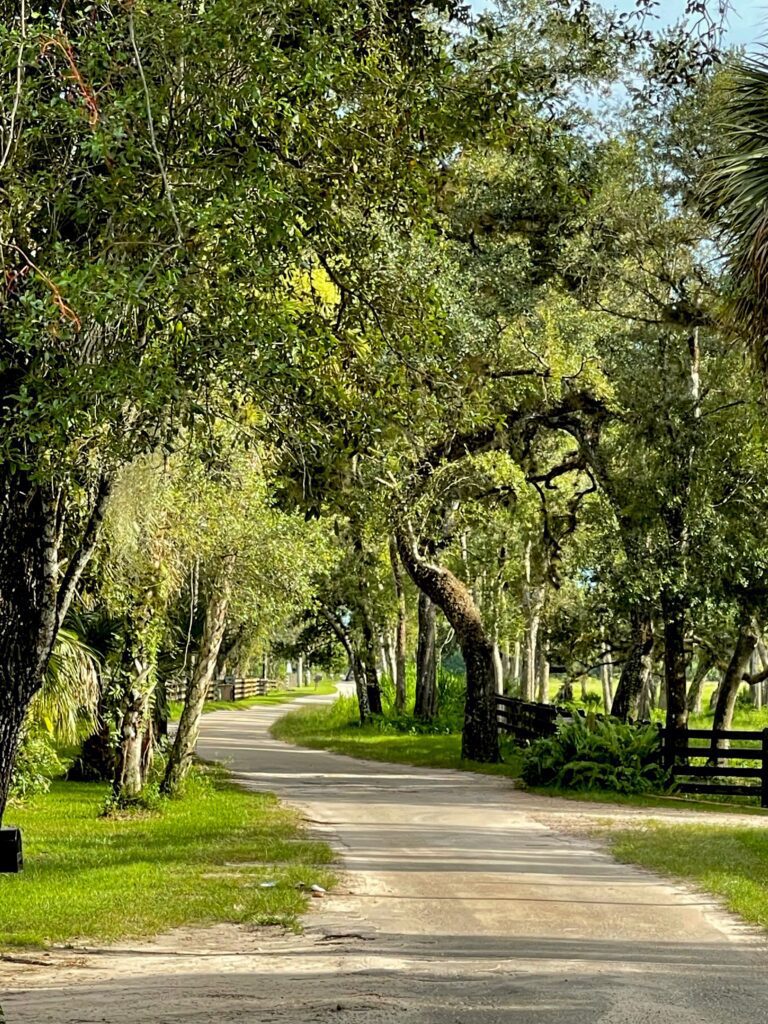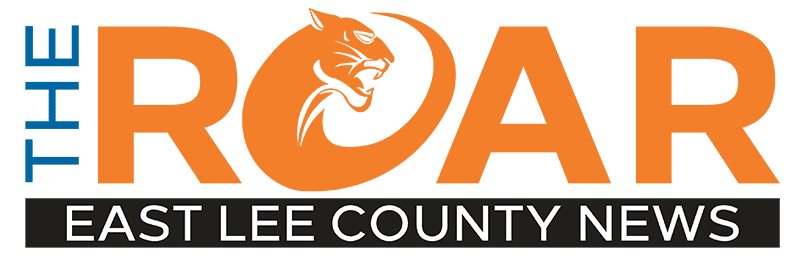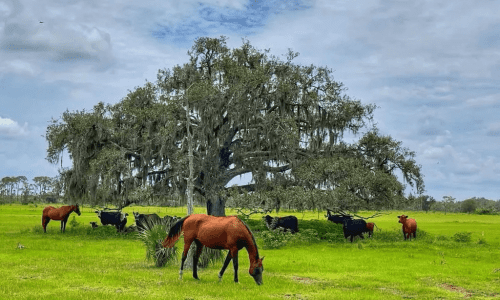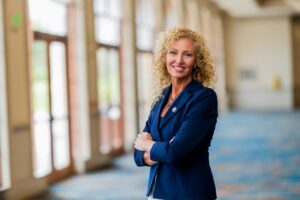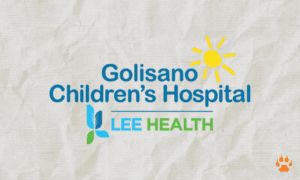By: James Kennedy, East Lee Wildlife Stewardship Group
As Alva continues to grow, we need to ask ourselves deeper questions—not just what’s possible but what’s worth protecting and how we can preserve the quality of place that makes living here special.
There’s no denying that change is coming to our corner of Lee County. Roads are widening and cutting new paths. New homes are springing up along pasture lines, in skeletal groves, and in once wild places. Traffic is painfully slow, where rumbling tractors were once the only reason for slowdowns. But for those of us who live here, not just to sleep, but to put down roots and raise families, this place means more than the sum of its parts.
If you’re a long-time landowner, a homeowner, or someone who deliberately chose Alva for its quiet strength—its open fields, oak hammocks, and generational ties—you already understand what’s at stake. Alva isn’t just another name on the development docket. It’s a living chapter of Florida’s rural heritage, and we only get to write this chapter once.
There’s a false narrative frequently echoed that communities like ours face a binary choice: either lock everything down in amber or open the floodgates to unchecked growth. But that’s not the whole truth. We are not powerless in the face of development. We have choices. And those choices matter more now than ever.
The real challenge is to preserve Alva’s rural soul while embracing the right kind of growth—growth rooted in agricultural innovation, land stewardship, and community resilience. This isn’t nostalgia. It is a strategy. It’s about building a future that honors the land, sustains our economy, and keeps our community whole, well into the future.
Preservation isn’t about standing still. It’s about moving forward without losing our way.
Imagine a future where our young people don’t have to leave to make a living. Where they return home to farm on various scales, innovate, and build small businesses that enable them to control their destiny. We can make that possible by investing in micro-agriculture and regenerative farming practices that improve the land rather than degrade it. Think farm-to-table operations, heritage crop cultivation, and small-scale food production that serves our neighbors and protects our environment.
We should support the next generation of soil-based entrepreneurs—people who treat land as more than inventory and food as more than a commodity. This means building infrastructure for local farmers markets, food hubs, and agricultural co-ops that keep dollars in our community and put fresh produce on our tables.
Eco-tourism is another opportunity waiting to be cultivated. Our natural areas—our riverways, trails, wildlife corridors—can support guided tours, educational experiences, birding, and kayaking adventures. These aren’t just leisure activities—they’re economic drivers that align with our values and strengthen our identity.
A healthy, functioning greenbelt isn’t a barrier to progress. It’s the foundation of it. It safeguards our water quality, provides natural storm buffers, supports wildlife, and increases property values over time. It makes Alva, Olga, Fort Denaud, and Buckingham something greater than ZIP codes. It’s what makes them home—imbued with character and gifted with soul.
We do not have to rubber-stamp every upzoning request or density increase just because it’s framed with buzzwords like “smart growth” or “mixed use.” Many of which have been co-opted by an industry with a voracious disregard for the consequences of its lack of restraint. The truth is, sprawl isn’t progress. It’s the erosion of everything that drew people here in the first place.
If we’re not intentional, we’ll wake up one day surrounded by the same strip malls, gas stations, and cookie-cutter subdivisions that stretch from Miami to Tampa. And once we’ve paved over the last pasture or clear-cut the final stand of trees, we won’t be able to get them back. No developer, no matter how well-meaning, can recreate what took nature centuries to grow.
Alva has something money can’t manufacture: space, authenticity, and memory. And when you sell that off for a quick return, you’re not just losing land—you’re losing legacy. You’re trading heritage for impermanence.
That’s not just a bad deal—it’s irreversible.
So let me be clear: I’m not against growth. I’m for the right kind of growth. Growth that respects the land. Growth that empowers working families and farmers. Growth that preserves our history while creating a future worth inheriting.
I stand for growers and ranchers over speculators, community gardens over cul-de-sacs, and long-term legacy over short-term profit.
Let’s not be the generation that gave Alva away. Let’s be the ones who protected it and led it wisely into the future. That cultivated something stronger. That said, yes to what matters and no to what doesn’t.
Let’s preserve the rural fabric that makes this place more than just land. Let’s grow smarter, not faster.
Because when the land is gone, it’s gone. And no developer can return it.
ABOUT THE AUTHOR
James Kennedy is a Florida-based photographer, U.S. Navy veteran, and offshore surveyor whose work at Tortoise Ranch Gallery captures the rugged beauty of Florida’s rural landscapes and fading heritage. Deeply rooted in East Lee County, Kennedy blends art, advocacy, and storytelling to preserve his home state’s wildlands, working communities, and historic character. A founding member of the East Lee Wildlife Stewardship Group and a contributor to East Lee County News and The Roar, he works to protect wildlife corridors, resist unsustainable sprawl, and amplify the voices of Florida’s rural heart. His photography has been exhibited throughout Southwest Florida, offering a powerful visual record of what we stand to lose—and why it’s worth fighting for.
